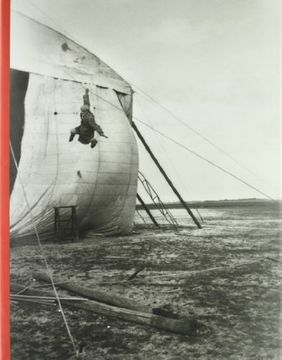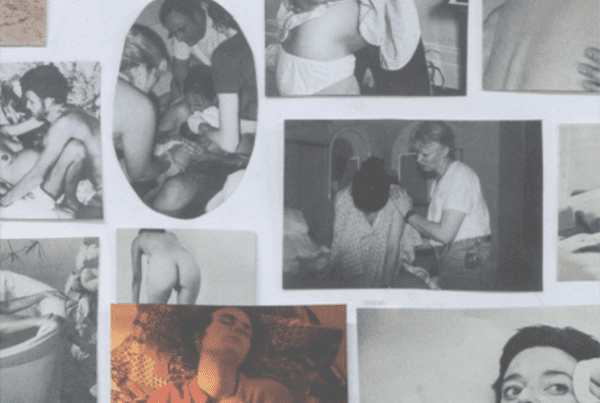
Marín
Luis Ramón Marín
Fundación Pablo Iglesias
Co Published by Fundación Telefónica
Spanish
Texts by Rafael Levenfeld, Valentín Vallhonrat, Ricardo Gonzalez, José-Carlos Mainer and Francisco Jarauta.
Softcover
511 pages
235 x 295 mm
2007
ISBN 9788489884830
Catalog of the exhibition Marín: Photographs 1908-1940, with texts by Rafael Levenfeld and Valentín Vallhonrat, Ricardo Gonzalez, José-Carlos Mainer and Francisco Jarauta. The exhibition presents a journey through the work of Luis Ramón Marín, a Madrid photographer contemporary with other great Spanish photographers of the early 20th century, such as Alfonso, Claret, Contreras and Vilaseca, and Gaspar. The 250 selected photographs cover the thirty-six years of his production and belong to an archive made up of nearly 18,000 negatives, which survived thanks to his family.
About the Artist
Luis Ramón Marín, known to the press simply as Marín, was one of the first photographers to get out into the streets to record daily life and the news with his camera, supplying magazines and illustrated dailies which were enjoying a heyday during the first decades of the last century. Moreover, Marín is a pioneer of aerial photography in Spain, an aspect of his work begun in 1913, hardly a decade after the development of aviation itself. Marín was essentially a press photographer (he published more than 1,000 photos per year). He was, amongst his other jobs, press correspondent to the Royal Family, which he followed even during the holidays (thus many of the photographs have an unusual family air). He recorded the main events of Spanish cultural and political life and portrayed its leading figures. He also turned his lens on street scenes and anonymous faces of the common people. According to the exhibition’s curators, Rafael Levenfield and Valentín Vallhonrat, “his work draws the profile of a photographer who lived what he did, independently of who his client was. The variety of the subjects reflects the immense vitality with which he carried out his countless activities. We don’t know if it is the photography and its content which contribute this vitality to his life or vice versa. We think it is his fabulous appetite to live intensely which stamps character on his enormous work. By car, plane or motorbike, Marín was able to photograph the most diverse events one after another.”
(source)
About the Artist
The Pablo Iglesias Foundation is a Spanish cultural institution designed to spread socialist thought , created in 1926 by different members of the General Union of Workers The Instituto Cervantes was set up by Spain in 1991 to promote and teach Spanish and to spread the culture of Spain and Spanish-speaking countries.
pabloiglesias.es



